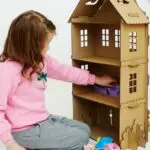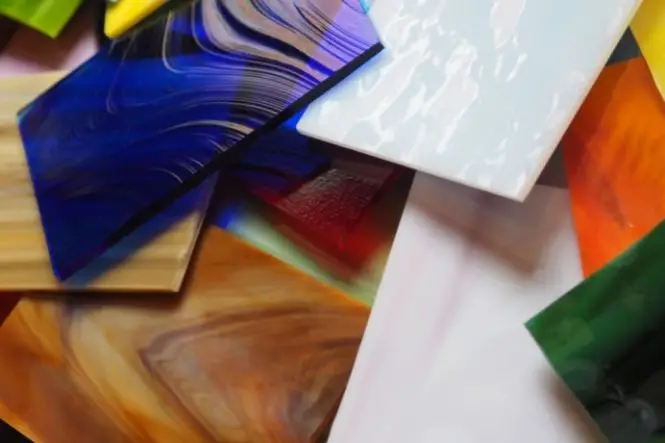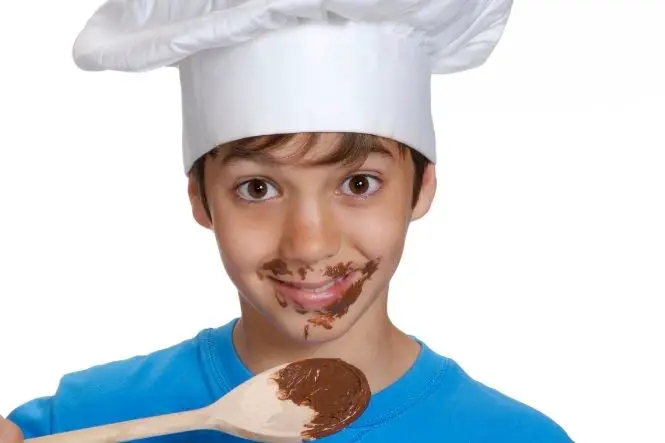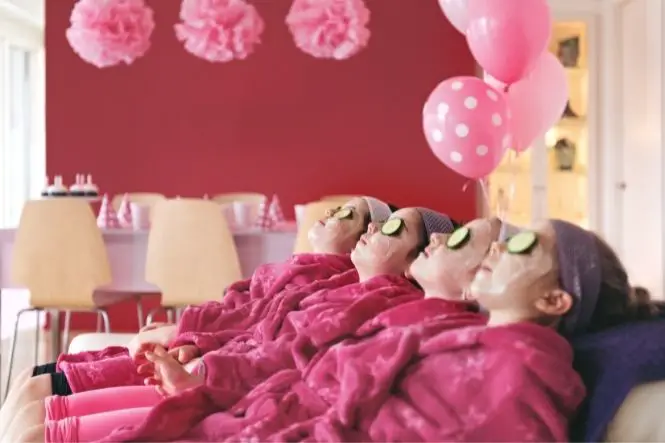Most art and craft projects are easily adapted to suit children with special needs. Requirements will cover an entire spectrum of supervision levels, ages and abilities.
Table of Contents
General Principles
It’s important to find the right balance between offering your child assistance and allowing them freedom and independence. Their sense of achievement is much greater if they have been allowed to fully express themselves. However, you need to avoid damaging their confidence by failing to supply the right level of assistance to match their special needs.
It’s very easy to treat children with special needs as labels with rigid requirements. However, not all children with Asperger’s Syndrome or dyspraxia have the same personalities, likes or dislikes. Children are individuals not conditions.
If your child has siblings, it’s unfair to offer your special needs child alternative craft projects. This marks them apart and detracts from their effort and achievement. Look at ways that the children can follow the same craft projects with small changes to accommodate specific needs.
Visual Impairment
Children with special visual needs will prefer tactile crafts. This might be something like clay modelling or play dough.
Depending on the degree of impairment, they may enjoy different methods of painting. Finger painting and various printing techniques are particularly appealing as they involve direct contact with the paint.
Speech Impairment
Children whose special needs arise from a speech difficulty benefit most from activities that focus on communication and team work. This allows them to explore different methods of communication and allows them to feel fully included in the creative process. A good activity is creating a collage or mural.
ADHD
Children with ADHD have a variety of needs. They frequently find it difficult to focus and concentrate and often have trouble with fine motor skills. The best craft to try is drawing. Drawing requires patience, confidence and manual dexterity.
It seems contradictory expecting a child with limited attention to focus on craft projects like drawing. The trick is to approach each drawing session with a ‘step by step’ attitude and plenty of one to one attention. Try systems like copy grids that allow a young artist to break an image down into more manageable sections.
The child’s effort will be well rewarded when the finished item is admired and displayed. It’s a visible example of the wonderful things they can achieve if they push themselves beyond the limits of their attention.
Dyslexia
Children with dyslexia and related conditions need help developing fine motor skills, which will eventually assist their handwriting abilities. Some good craft projects to try are drawing, chalk sketching, weaving and French knitting.
A Project for all Children
A large mural composed by lots of children is ideal for all needs. If each child has responsibility for the overall picture, they can create something within the bounds of their capabilities. They contribute to something beautiful, created by all levels of ability and ages. This is vital for a special needs child’s sense of inclusion and self- importance.
A good idea to try is a textured mural depicting a fish or a snake. Each child produces their own scales. They use techniques that are tailored to their own specific capabilities and preferences.
Special needs mean many different things. Think about each craft activity first and check it appeals to your child. Explore ways together that you can make it more accessible, using simple alterations. Remember to keep the whole process simple and take it step by step.






